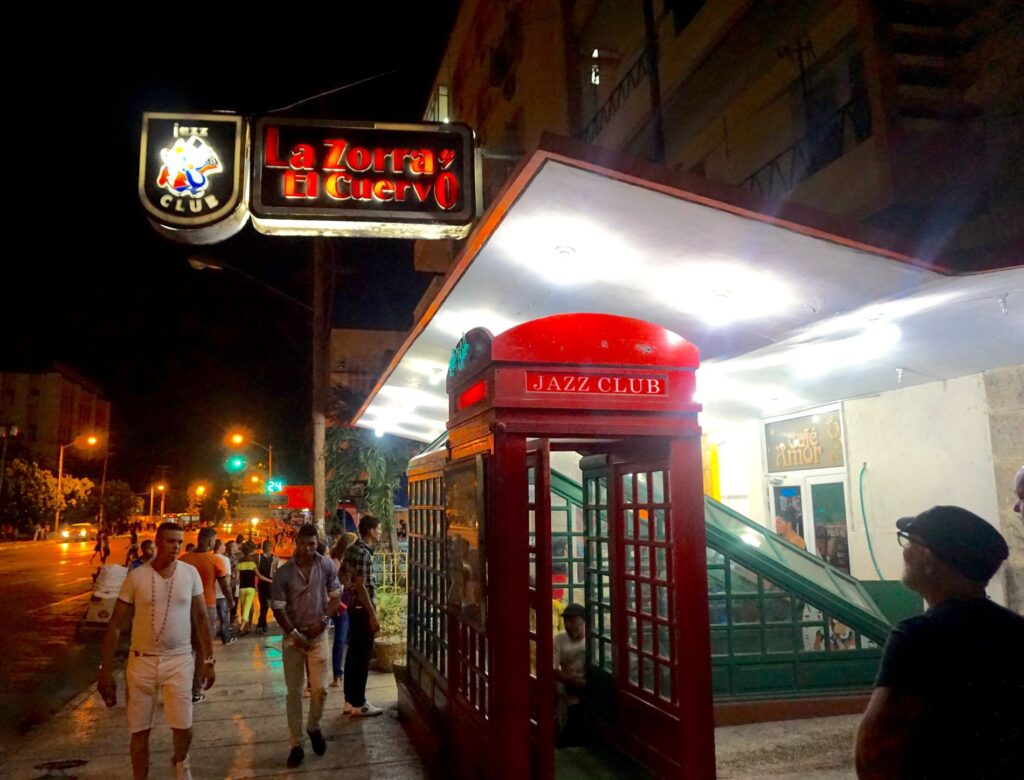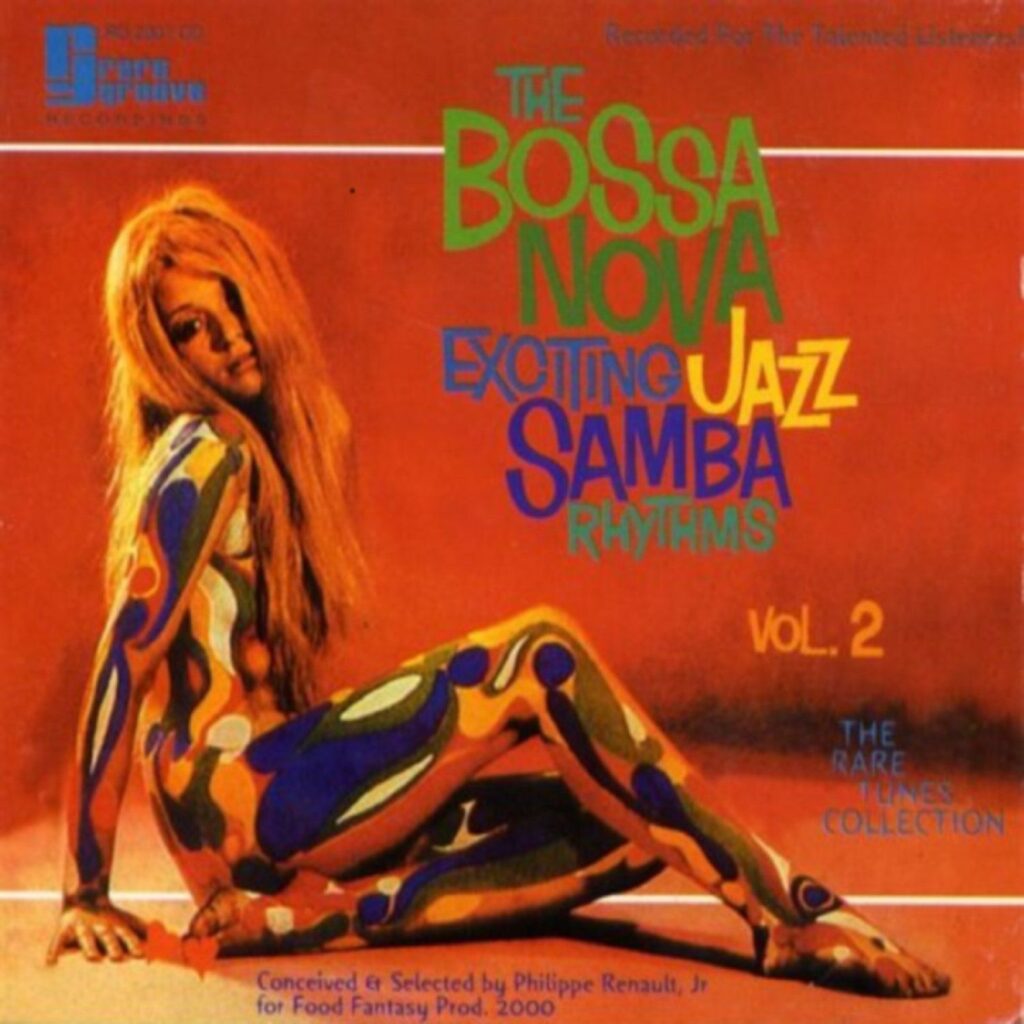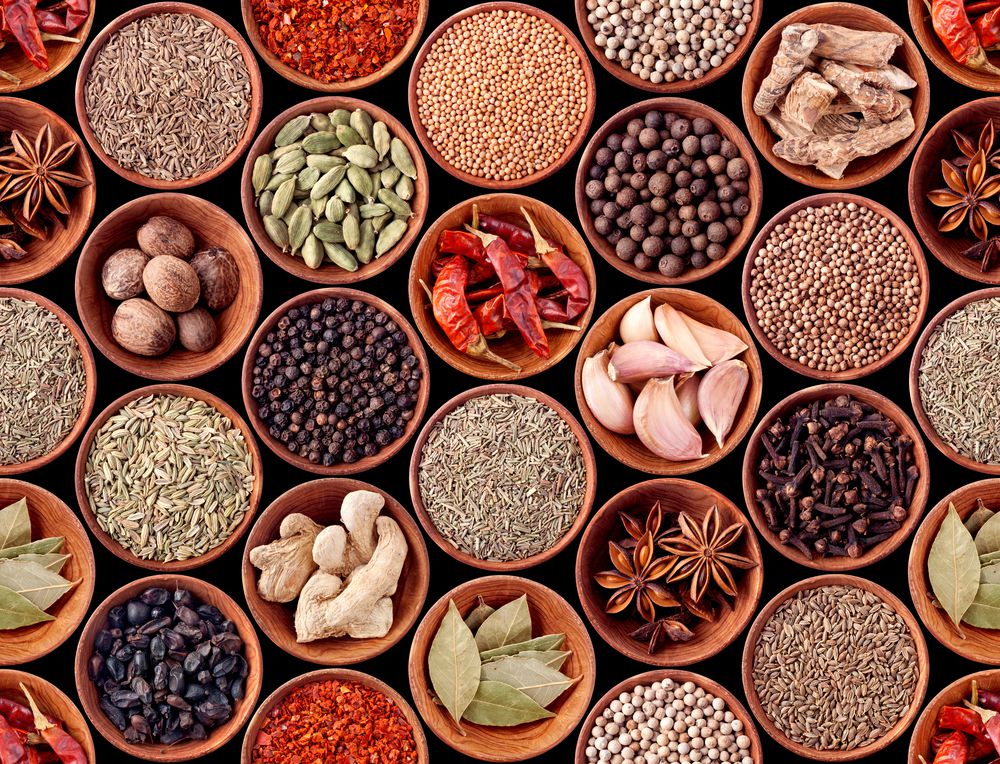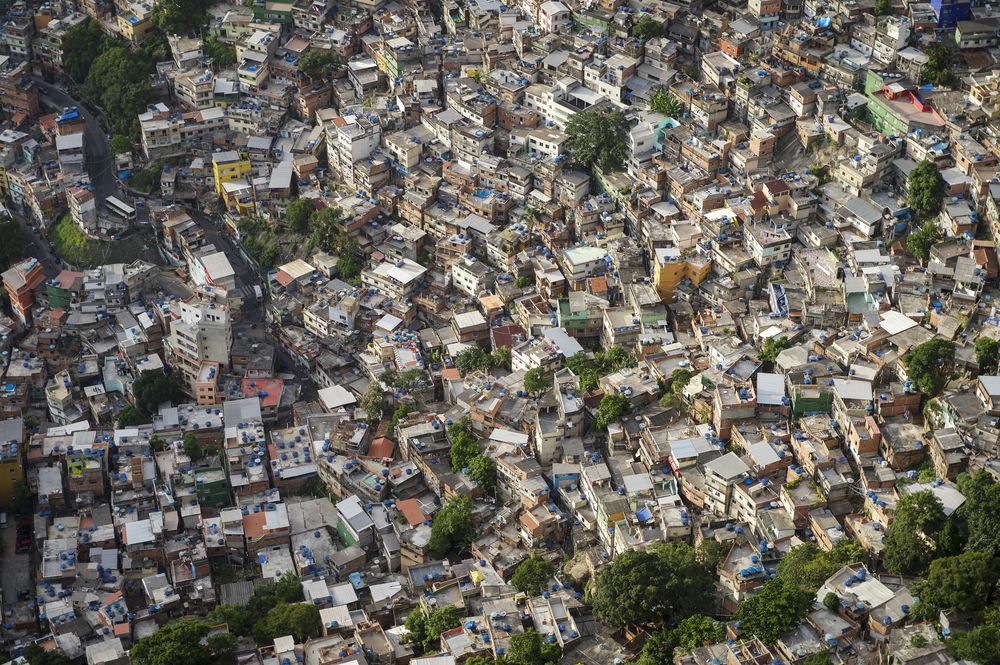Havana’s International Jazz Festival and TOCA Culture

Picture a crowded basement. The lights are dim, the air thick with smoke and anticipation. A late night set is well into its umpteenth hour as local and international jazz greats make their way to the stage, adding their particular stamp to the continued improvisation. It could be twenty years ago, or it could be the present, but there is no doubt that this is Havana, Cuba on a night not to be missed. In Cuba you have music for breakfast, lunch, dinner, supper, and snacks. Its in the clubs, its on the curbs. And when it comes to jazz, it inhabits the late night into the morning, penetrating your very cells down to the marrow of your bones. This is the Cuba we at TOCA love and its the Havana that stands everyone on their heads during the annual Havana International Jazz Festival. In December 2015 from December 13 to the 21st, the Havana International Jazz Festival once again will be magnetizing jazz lovers from all over the world. For nine days and eight nights, attendees will be privy to some of the most astonishing musical talent at venues around the city including concerts at the Mella, Nacional, and Amadeo Roldan theatres and throughout the city’s many, many clubs. Hang out on any one of these nights at the Jazz Cafe or La Zorra y el Cuervo and you’re sure to see your favorite jazz luminaries adding their heat to the fire. The Havana International Jazz Festival was born in 1978 as the Jazz Plaza Festival when Cuban jazz showman Bobby Carcasses and a host of other exceptional Cuban musicians presented the first jazz concert in the Casa de la Cultura de Plaza. The following year featured keyboard great and five-time Grammy winner, Chucho Valdes, who became the director of the festival in 1996. As one of the most thrilling events for jazz lovers, the festival combines the allure of Cuba itself with some of the greatest icons of jazz music. In the past, the festival has featured artists such as Dizzy Gillespie, Tete Montoliu, Charlie Haden, Max Roach, Roy Hargrove, Steve Coleman, Carmen McRae, Leon Thomas, Airto Moreira, Tania Maria, Dave Velentin, Ivan Lins, and Michael Legrand. This year will be no different, with local and internationally acclaimed musicians coming in from everywhere to add their talent to the stunning and innovative scene that thrives in Havana. Never shirking our responsibility to share the fun, TOCA Culture will be there to provide people-to-people educational exchanges, combining encounters with Old Havana, Ciefuegos, and other UNESCO treasures with the excitement of the festival’s abundant musical offerings. With a mission to offer an intimate view of Cuban culture, we are looking forward to a total immersion into Havana’s musical pulse, from Afro-Cuban to Bossa Nova, improvisational, and free jazz… and everything in-between, above, and beyond! For more information on TOCA Culture and the Havana International Jazz Festival, contact us today at: www.tocaevents.com www.tocaculture.org www.tocatrips.com
Bossa Nova Then and Now

Who among you haven’t hear the song “The Girl from Ipanema?” Very few, we are sure, as the song has been ubiquitous ever since it was created by bossa nova king, Antonio Carlos Jobim. With its cool, laid back sound enhanced by the whispery voice of Astrud Gilberto, the song put bossa nova on the map, from Rio to NY and everywhere else beyond. The origin of bossa nova came from finding a new way of playing and singing samba, a musical genre with roots in Africa. Taking elements from jazz music and combining it with a soft and poetic sound, bossa nova came at a time when Brazil was changing and becoming more modern, and this sound surely became emblematic of the time. Born in 1927, Jobim was a revered songwriter, singer, composer, arranger, pianist, and guitarist who was a big part of the creation of the bossa nova style. With “The Girl from Ipanema” one of the most recorded songs in history, his music put bossa nova on the map, along with the music he wrote in collaboration with poet vinicius de Moraes in 1959 for the film, Orfeu Negro (Black Orpheus) directed by Michel Camus. Musicians like Stan Getz, Joaö Gilberto, and Astrud Gilberto helped to add fuel to the bossa nova craze all over the world, with Jobim at the helm. As one of the most important songwriters of the 20th century, his music was recorded by many famous singers, including Frank Sinatra and Ella Fitzgerald. Jobim died in 1994, but he had an airport named after him in Rio in 1999 and was awarded a Lifetime Achievement Award at the 54th Grammy Awards in 2012 . When it began, bossa nova was headquartered in a tiny alley in Rio called Beco das Garrafas in Copacabana, known to music afficianados as well as the great musicians who play and visit the local bars. Known as an after-hours place for musicians to play, it has been a hang out for greats such as Sergio Mendes, Milton Banana, J.T. Meirelles, and Edison Machado. Heavyweight jazz players like Coleman Hawkins and Herbie Mann were often regulars, and the beat goes on to today, where Beco das Garrafas continues to host some of the best bossa nova bands and the musicians who appreciate and contribute to the sound. In the latter part of the 1960’s pop and rock became the musical styles of choice in Rio, but bossa nova still held its ground as a staple. Today, bossa nova has evolved into a new sound, combining the style with electronic beats giving it a harder edge that makes it popular with a new generation of kids on the dance floor. The contemporary bossa scene is growing all the time. Bands like Bossacucanova combine the traditional sound with electronica. Nominated for a Latin Grammy in 2002 for Best Brazilian Contemporary Pop Album with “Brasilidade,” they are produced and engineered by Alex Moreira and boast stunning vocals by his wife, Cris Delanno. Innovators like Mitar Subotic, known as Suba, have pioneered a sound that is constantly transforming. Listen to his album Säo Paulo Confessions, or to Fernanda Porto’s bossa, drum n’ bass dance floor hit, “Sambassim” with its various contagious mixes. And then there is Mugamango, Marcelonho da Lua, Cibelle, Vanessa da Mata and Ramilson Maia, and so many more who are moving the bossa sound into exciting realms. Like all art forms that are alive with their times, bossa nova breathes new life into itself through the artists who expand the form through their own visions. Whether you want a soothing sound to soften your ears or a driving beat to lift you higher, bossa nova is a sound that can take you to many places, not the least of which is Rio de Janeiro where it all began. www.tocaevents.com[:pb] Who among you haven’t hear the song “The Girl from Ipanema?” Very few, we are sure, as the song has been ubiquitous ever since it was created by bossa nova king, Antonio Carlos Jobim. With its cool, laid back sound enhanced by the whispery voice of Astrud Gilberto, the song put bossa nova on the map, from Rio to NY and everywhere else beyond. The origin of bossa nova came from finding a new way of playing and singing samba, a musical genre with roots in Africa. Taking elements from jazz music and combining it with a soft and poetic sound, bossa nova came at a time when Brazil was changing and becoming more modern, and this sound surely became emblematic of the time. Born in 1927, Jobim was a revered songwriter, singer, composer, arranger, pianist, and guitarist who was a big part of the creation of the bossa nova style. With “The Girl from Ipanema” one of the most recorded songs in history, his music put bossa nova on the map, along with the music he wrote in collaboration with poet vinicius de Moraes in 1959 for the film, Orfeu Negro (Black Orpheus) directed by Michel Camus. Musicians like Stan Getz, Joaö Gilberto, and Astrud Gilberto helped to add fuel to the bossa nova craze all over the world, with Jobim at the helm. As one of the most important songwriters of the 20th century, his music was recorded by many famous singers, including Frank Sinatra and Ella Fitzgerald. Jobim died in 1994, but he had an airport named after him in Rio in 1999 and was awarded a Lifetime Achievement Award at the 54th Grammy Awards in 2012 . When it began, bossa nova was headquartered in a tiny alley in Rio called Beco das Garrafas in Copacabana, known to music afficianados as well as the great musicians who play and visit the local bars. Known as an after-hours place for musicians to play, it has been a hang out for greats such as Sergio Mendes, Milton Banana, J.T. Meirelles, and Edison Machado. Heavyweight jazz players like Coleman Hawkins and Herbie Mann were often regulars, and the beat goes on to today, where Beco das Garrafas continues to
The Burgeoning Dance Scene in Cuba

Having recently returned from an inspiring trip to Cuba, we were deeply affected by the spirit of the people there. Their profound love of life, indomitable spirit, and a fierce energy filled with the joy and lust for making the most of each day is ubiquitous in a place where on the surface, time has seemed to stop. One of the most striking examples of the Cuban spirit is the love of dance. The country is filled with an unavoidable exuberance that starts with music and then gathers you into its arms inviting you to move your hips and join the fiesta! With roots in Spanish and African culture, Cuban folkloric dance includes Salsa, Danzón, Mambo, Rumba, Bolero, Cha Cha, Congo, and more. Passionate and sensual, these dance forms have affected cultures all around the world, bringing people together in an undeniable spirit of celebration. With Castro in power, folkloric dance has been one of the most prevalent forms, often seen in a formal frame at the Gran Teatro de la Habana. Ballet too has occupied a strong position in Cuban culture. The Ballet Nacional de Cuba, founded by Alicia Alonso in 1948, has maintained over the years a very classical and conservative repertoire, with little variation on the standard themes such as Swan Lake and Giselle. In 1959 the Conjunto Nacional de Danza Moderna was founded by Ramiro Guerra, who danced with Martha Graham’s company in the United States. Combining ballet technique with Afro-Caribbean dance, audiences were steeped in a distinctly unique flavor expressing the Cuban spirit. The company is now called Danza Contemporànea de Cuba (DCC) and boasts 60 dancers chosen from the famed Escuela Nacional de Arte under the direction of Miguel Iglesias. Many dance aficianados are familiar with the well-known and exquisitely talented Carlos Acosta, who was born in Havana in 1973. Acosta trained at the National Ballet School of Cuba and has danced with many companies outside of the country, including England’s Royal Ballet where he has been principal dancer since 1998. Along with now retired José Manuel Carreño, who danced with companies such as the Royal Ballet and American Ballet Theatre, and who presently runs the Carreño Dance Festival in Sarasota, Florida, Acosta remains an inspiration to young Cuban ballet dancers who wish to push the limits. Over the last several years, Cuban dance has been able to push the limits. More and more we see experimental dance companies being founded, with many young choreographers expressing their thirst for new forms. Small companies such as Malpaso are starting to make big waves in the contemporary dance scene. Founded in 2012 by Osnel Delgado, Dailedys Carrazana, and Fernando Saéz, the company consists of young dancers from some of the country’s most renowned dance schools and is acclaimed as one of Cuba’s best. Ballet Rakatan is another example of the burgeoning dance scene. Founded in 2001 by dancer/choreographer Nilda Guerra, the company combines Cuban and Latin dance styles with contemporary technique. With dancers trained at the Escuela Nacional de Arte, Ballet Rakatan tours all over the world, immersing audiences in the spice and pulse of popular Cuban dance marinated in world-class technique. www.tocaevents.com www.tocatrips.com
Dining Out of Our Comfort Zone

Dining out of our comfort zone often occurs when we’re traveling to places where we are unfamiliar with the language. Trying out foods and flavors on a hunch or recommendation is one of the best ways to discover the nuances of a culture, as well as to test our sense of gustatory adventure. At TOCA Events, we relish these moments in travel where we can give unidentifiable ingredients the chance to expand our palate. In this spirit we would like to offer you a few examples of exotic foods that we’ve tried and loved. The following all began as mysteries and ended up on our list of favorite foods of the world We only had to hear our Japanese friends from Osaka say the word, “okonomiyaki” to have our curiosity aroused. A sizzling omelette was made with spring onions mixed into the batter and then filled with cabbage, eggs, mixed vegetables and a choice of meat or seafood. Cooked in a stock made with dried kelp and flaked bonito, this dish, which is often called ‘Osakan soul food,’ is served with several different sauces that create a tantalizing combination of sweet and salty. One of our favorite dishes in Greece is “melizanosalata,” which is a tangy dip made with roasted eggplant and red peppers, garlic, and fish eggs. Spread on bread or placed on a baked potato, add lemon and olive oil and this Mediterranean delicacy is a wonderful appetizer, especially coupled with a good red wine. If you are planning to travel to Istanbul, you will find an extremely diverse cuisine there, which makes it very exciting to eat out. We love to eat “künefe,” which is a traditional pastry made with unsalted cheese placed in between very thin layers of dough. Soaked in a sweet syrup, it is served warm so that the cheese melts, creating a soft interior inside a perfectly baked crust. Topped with pistachio nuts, the combination of cheese and sugar is euphoric . Poland is famous for its meat and poultry dishes, with the most well known being sausages and dumplings called “perogi.” One of our favorite Polish dishes is “golabki,” which is a white cabbage roll filled with minced pork, onion, mushrooms, and rice. You can have golabki stuffed with mutton or chicken or even vegetarian style. Ghana is a place where you can find some of the most unique street food. Try “red red, ” which is a dish made of red beans cooked in a curry sauce with fish or prawns. Spicy and savory, it is the perfect way to fill a hungry belly! One of South Africa’s staples is “chakalaka.” This dish is made with grated carrots, cabbage, baked beans, chillies, garlic, and a hot curry powder. Covered in a gravy that includes chopped onions and tomatoes., you will almost always find chakalaka at barbecues and at many other types of South African meals. There are many more exotic dishes on our list, and we heartily advise you to create your own. For sure you can find many delicious meals from foreign lands not far from home as our world becomes more diverse and international. www.tocaevents.com
The Transformation of Rio’s Favelas

Favelas first appeared in Rio in the 19th century where they were built by soldiers with nowhere to live. Also called “barrios Africanos,” the favelas were home to former slaves with no claim to land or work. Then came the 1970’s when the migration of people from the deep countryside came to Rio to find work, finding themselves encamped in crowded and increasingly dangerous communities without sanitation, running water, or protection. Cities within the city, favelas have long been considered off limits. But with recent movements to “pacify” these areas through social change, many favelas have become more self-sustaining and productive. With running water, electricity, and other services, Rio’s municipal government is also putting in place green initiatives that are changing the face of these inner city areas. With approximately 763 favelas providing homes for over 1.4 million people, they provide a vital picture of a city that is known for diversity and flavor. Santa Marta is one of the best known favelas in Rio de Janeiro. When Spike Lee filmed Michael Jackson’s 1996 video for “They Don’t Care About Us” community pride coupled with this vibrant view of favela life started a positive chain reaction. This included the Favela Painting Art Project, inspired by the Dutch team Haas & Haan, inspiring locals to paint their homes in bright colors. Santa Model serves as a model for other favelas, with its new houses and free tram, along with its famous Michael Jackson statue. With local artisans contributing to this colorful community, Santa Marta is one of the main stops for tourists interested in becoming acquainted with the many facets of Rio de Janeiro. Vidigal is another favela favored by tour groups. With spectacular views over the Atlantic Ocean, the community now offers a beautiful walking trail for taking it all in, as well as guesthouses (pousadas), restaurants, clubs, and bars inside the favela itself. At Toca Events, we enjoy visiting the bohemian Santa Teresa district where artists and young locals provide a tangible excitement that is contagious. At TOCA Events, we are excited to be a part of creating a positive consciousness about these neighborhoods by sharing a new perspective on favela culture. Offering tours to view life in these neighborhoods is one way we help to open up communication and awareness. Recently our Director of Brand Interface, Fabio Pamplona, did a fashion shoot in one of Rio’s favelas, celebrating the spirit of the people. With Rio’s efforts to create a greener city through incentives such as reforestation to lower greenhouse gasses and attract more birds, the city has also created the “Morar Carioca Program” in the South Zone favelas of Bablilonia and Chapeu Mangueria. Encouraging sustainable buildings and other green solutions, these areas are helping to encourage eco-tourism and micro-industries that provide residents and visitors with a higher level of exchange. With holistic urban planning, favela infrastructure is improving, with better zoning and upgrades. Rio expects that by 2020 all of the favelas will benefit, meaning that a whopping 232,000 households will be affected! Visiting Favelas has become a big part of Rio’s tourism, especially since 2013 when the city’s tourism minister expanded plans to help residents develop new skills as a response to outside visitors. Government intervention has helped to expand resources, providing residents with more opportunities to work, live, and raise their families in a environment that supports a better quality of life. As an event production company always keen on providing our clients with creative options, TOCA Events is proud of every aspect of culture in Rio de Janeiro. In this spirit, our destination management team provides exciting tours of the city’s favelas as a compliment to your event. www.tocaevents.com [:pb] Favelas first appeared in Rio in the 19th century where they were built by soldiers with nowhere to live. Also called “barrios Africanos,” the favelas were home to former slaves with no claim to land or work. Then came the 1970’s when the migration of people from the deep countryside came to Rio to find work, finding themselves encamped in crowded and increasingly dangerous communities without sanitation, running water, or protection. Cities within the city, favelas have long been considered off limits. But with recent movements to “pacify” these areas through social change, many favelas have become more self-sustaining and productive. With running water, electricity, and other services, Rio’s municipal government is also putting in place green initiatives that are changing the face of these inner city areas. With approximately 763 favelas providing homes for over 1.4 million people, they provide a vital picture of a city that is known for diversity and flavor. Santa Marta is one of the best known favelas in Rio de Janeiro. When Spike Lee filmed Michael Jackson’s 1996 video for “They Don’t Care About Us” community pride coupled with this vibrant view of favela life started a positive chain reaction. This included the Favela Painting Art Project, inspired by the Dutch team Haas & Haan, inspiring locals to paint their homes in bright colors. Santa Model serves as a model for other favelas, with its new houses and free tram, along with its famous Michael Jackson statue. With local artisans contributing to this colorful community, Santa Marta is one of the main stops for tourists interested in becoming acquainted with the many facets of Rio de Janeiro. Vidigal is another favela favored by tour groups. With spectacular views over the Atlantic Ocean, the community now offers a beautiful walking trail for taking it all in, as well as guesthouses (pousadas), restaurants, clubs, and bars inside the favela itself. At Toca Events, we enjoy visiting the bohemian Santa Teresa district where artists and young locals provide a tangible excitement that is contagious. At TOCA Events, we are excited to be a part of creating a positive consciousness about these neighborhoods by sharing a new perspective on favela culture. Offering tours to view life in these neighborhoods is one way we help to open up communication and awareness. Recently our Director of Brand Interface, Fabio Pamplona, did a fashion shoot in one of Rio’s favelas, celebrating the spirit of the people. With Rio’s efforts to create a greener city through incentives such as reforestation to lower
The Quintessential Fashion of Rio

There’s something in the air in Rio de Janeiro that no other city on earth shares. It is a combination of the deep and burning sensuality that comes from the city’s history, combining Portuguese, French, and African roots with an electrified atmosphere that the landscape itself invites. In Rio, the 20’s to the 50’s were considered the “Golden Age,” with the first big wave of international society flocking to the city for all the glamour it offered. Through all of the ups and downs in between, Rio de Janeiro has become a city that combines leisure with commerce, inviting an increasingly stabile economy and a contemporary pulse that cannot be denied. And with this, comes the quintessential flavor that is all Rio’s own. Captured by our own TOCA Events photographer, Fabio Pamplona, it is easy to see why fashion is the big metaphor for the Rio de Janeiro lifestyle. From famed Brazilian models such as Giselle Bündchen to the inimitable and ubiquitous Brazilian bikini, this is the place where sensuality and beauty meets an industry that thrives on all that the city has to offer. Combine the exquisite landscape of golden sand, green waters, and lush tropical mountains with the everyday sights of gorgeous inhabitants and you have an aesthetic recipe made in heaven. Here street fashion is just as potent as the pages of design you find in the magazines. From the beach to the runway, Rio’s exuberance is evident in the rich colors and breezy fabrics used by local designers, as well as the fit and tanned models who wear them. No matter in what corner you find Rio fashion, you will always find a sense of joy and festivity in the wearing… brought out by the sun, the music, and the rhythm of this city that brings out the best in everyone. At TOCA Events there is not a day that goes by where we are not celebrating our presence here in Rio. With heart-stopping views of local flora and fauna, we are constantly inspired. And of course, having the opportunity to introduce so many of our clients to the excitement and beauty of the culture is an extra bonus. For information on offering your event here in Rio, contact us at: www.tocaevents.com www.tocaevents.com

